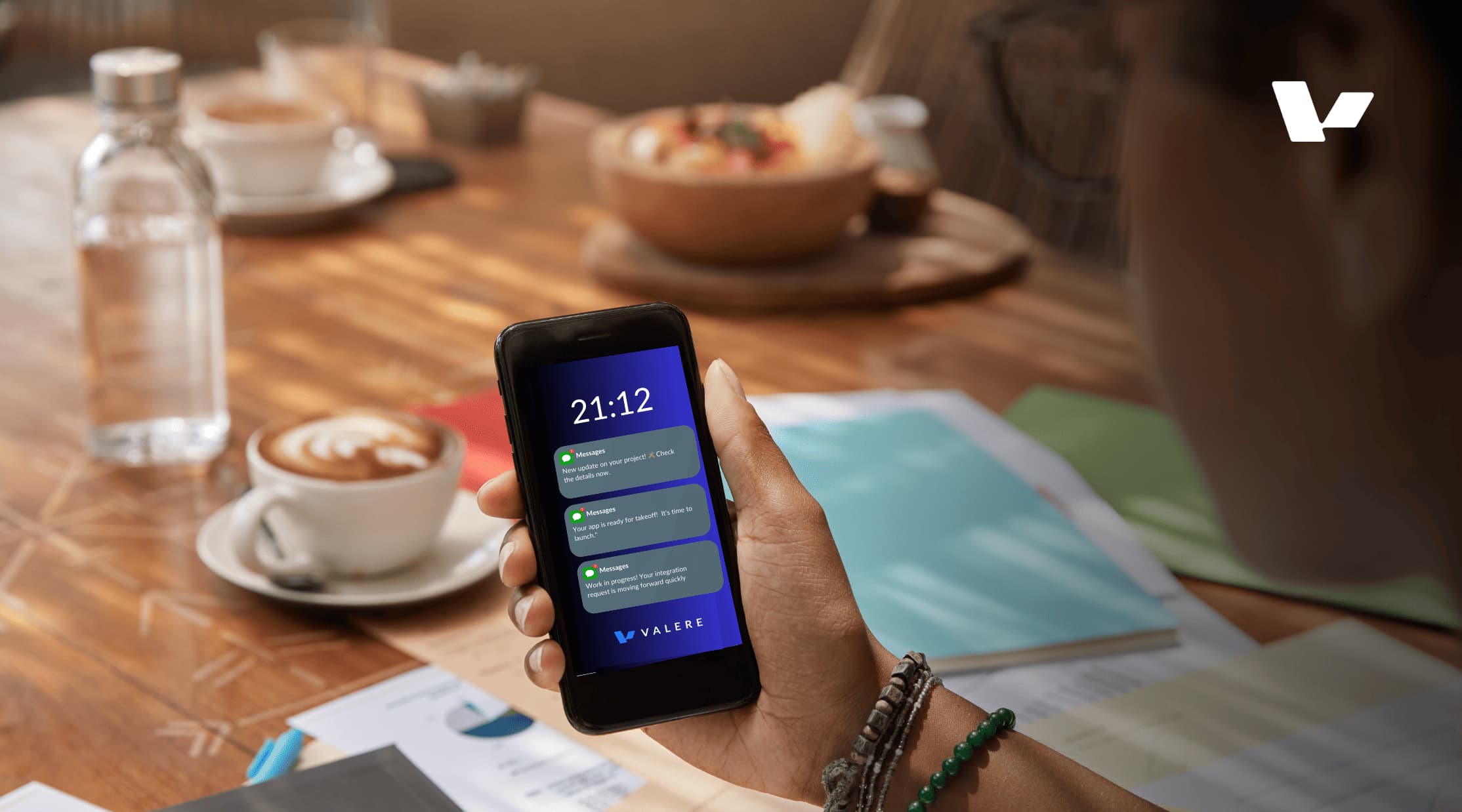Do you love or hate push notifications? Believe it or not, push notifications have emerged as a powerful tool for developers to engage users, drive conversions, and improve overall app performance. But how can push notifications add value to your product, user, marketing and engagement strategy? Read through this article and you’ll fully understand the hidden power of this simple feature.

On this page
First things first: What are Push Notifications?
Key Benefits of Push Notifications
The Impact of Push Notifications on App Metrics
Best Practices for Push Notifications
Conclusion
Push notifications are brief alerts on a user's mobile device, typically accompanied by a sound or vibration. These messages can be sent even when the user is not actively using the app, making them an excellent way to re-engage users and provide timely information.

1. Offering Time-Sensitive Deals
One of the most effective uses of push notifications is to offer flash discounts or limited-time promotions. For example, a notification announcing "50% off for the next hour!" can create a sense of urgency, prompting users to open the app and make a purchase. Limited-time offers play on our impulsive side, making them hard to resist!
2. Building Brand Relationship Through Timely Messages
Sending personalized, timely messages can significantly enhance your brand's relationship with users. For instance, a simple "Merry Christmas" message on December 25th shows users that your brand values them beyond just transactions, fostering goodwill and loyalty.
3. Location-Based Notifications
Leveraging a user's location can provide highly relevant and valuable notifications. For example, sending a special offer when a user enters a specific restaurant can drive foot traffic and increase sales.
4. Encouraging In-App Actions
Push notifications can be triggered by specific in-app events or user behaviors. For content-based apps, this might mean reminding users about unread content or encouraging non-subscribers to sign up after they've engaged with free content.
5. Customized Notification Schemes
Developers can create sophisticated notification schemes based on user behavior. For instance, if a user hasn't subscribed after reading content, you might send different messages at 24 hours, 48 hours, and so on, each tailored to nudge the user towards subscribing.
6. General Reminders
One of the most common uses of push notifications is to remind users about various actions they can take within the app or related to the app's purpose. These reminders keep the app top-of-mind and encourage regular usage.
When used effectively, push notifications can significantly improve key app metrics:
The app stores are filled with competition. Meaning you have to do every little thing you can to keep yourself on the top of the user’s mind and have them engaging with your app. But that doesn't mean you can’t over do it when you’re sending these notifications.

While push notifications can be incredibly effective, it's crucial to use them judiciously:
Push notifications are a powerful tool in a mobile developer's arsenal, offering numerous ways to engage users, drive conversions, and improve key app metrics. By leveraging timely offers, personalized messages, location-based alerts, and behavior-triggered notifications, developers can significantly enhance the user experience and app performance.
However, the key to success lies in striking the right balance by providing value to users without overwhelming them. With careful planning, personalization, and continuous optimization, push notifications can become a crucial component of your mobile app strategy, helping to build lasting relationships with your users and drive long-term success for your app.
Ready to Launch or Improve Your App?
Valere's team of experts is here to help you from the initial idea to the launch and beyond. Get in touch with us to start working together and bring your vision to life!

Share